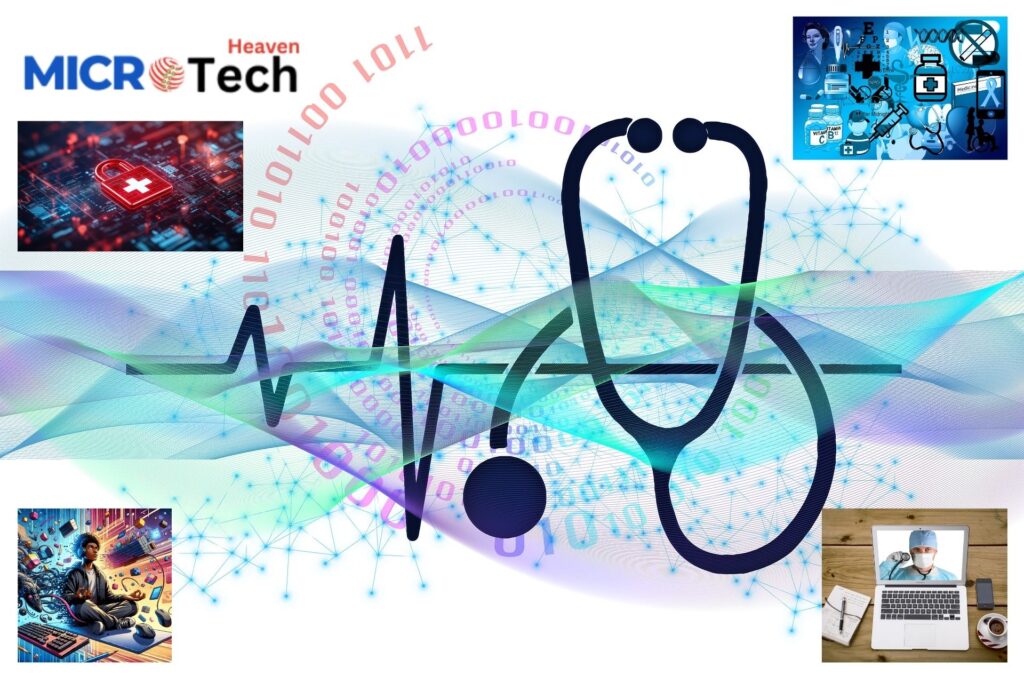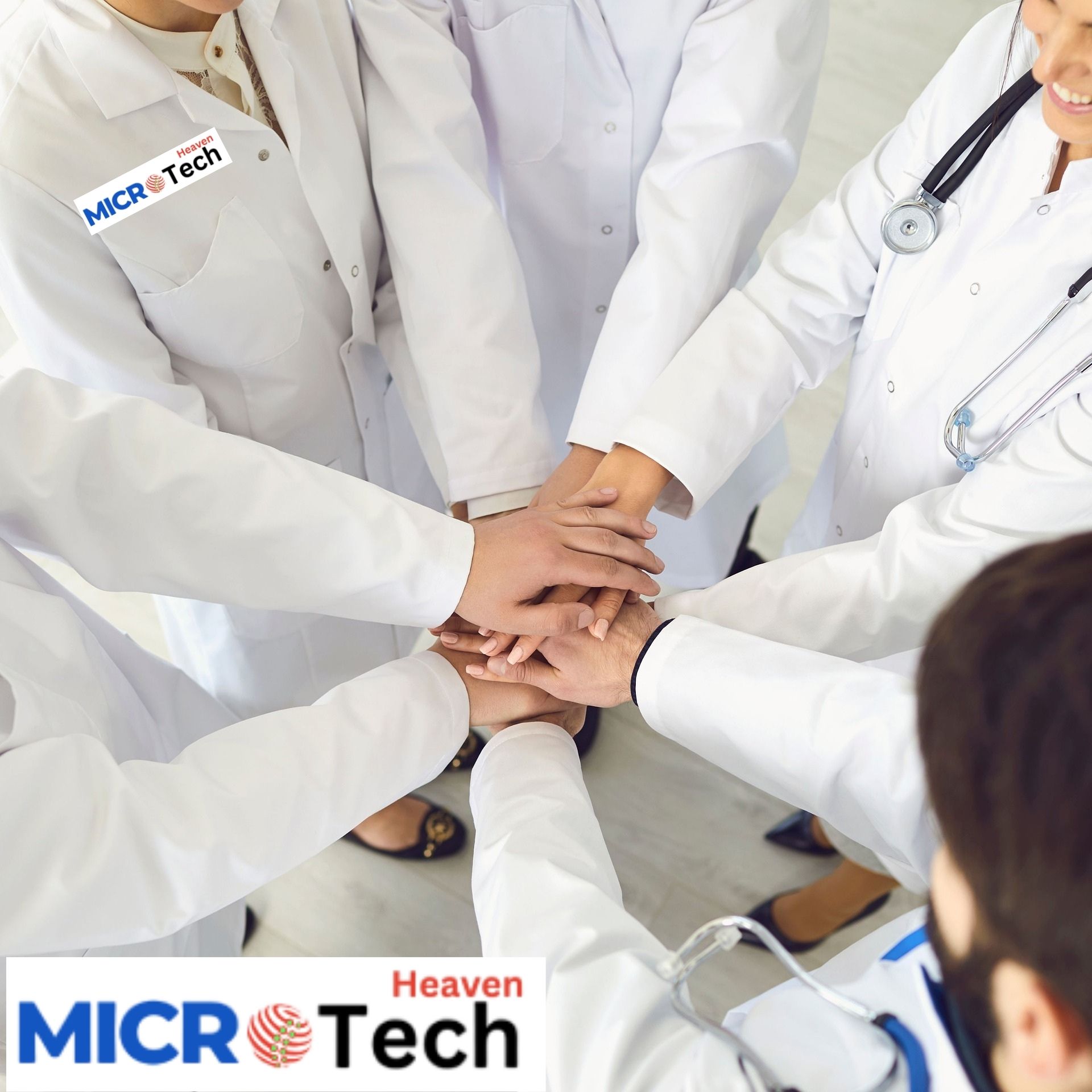Impact of Technology on Patient Care
Impact of Technology on Patient Care
Index
- Introduction
- How Technology is Changing Patient Care
- Electronic Health Records (EHRs)
- Telemedicine and Virtual Consultations
- Artificial Intelligence in Diagnosis
- Remote Patient Monitoring (RPM)
- 10 Importance of Technology in Healthcare
- How Has Technology Improved Healthcare?
- Faster and More Accurate Diagnoses
- Reduced Medical Errors
- Enhanced Drug Safety
- Benefits of Technology in Healthcare
- Challenges and Future of Technology in Patient Care
- FAQs
-
Introduction
Technology has transformed nearly every industry, and healthcare is no exception. From electronic health records (EHRs) to telemedicine, modern technology has significantly improved patient care. Today, doctors can diagnose diseases faster, reduce medical errors, and even monitor patients remotely.
Let’s dive deep into how technology is making a difference in patient care and why it’s more important than ever.
-
How Technology is Changing Patient Care
Electronic Health Records (EHRs)
Gone are the days of bulky paper files! Electronic Health Records (EHRs) have made patient data more accessible, secure, and efficient. Doctors can now retrieve patient history, test results, and prescriptions with just a few clicks, improving decision-making and reducing errors.
💡 Anecdote: Imagine a patient arrives unconscious at the emergency room. With EHRs, doctors can quickly access their medical history, allergies, and medications, potentially saving their life.
Telemedicine and Virtual Consultations
Telemedicine has revolutionized the way we access healthcare. With video consultations, patients no longer need to travel for minor checkups. This is especially helpful for those in rural areas or those with mobility issues.
👉 Example: A mother in a remote village can now consult a pediatrician for her sick child via telehealth platforms without traveling miles.
Artificial Intelligence in Diagnosis
AI-powered tools can analyze medical data faster than humans, helping doctors identify diseases earlier and more accurately. AI is used in radiology, pathology, and dermatology to detect conditions like cancer at an early stage.
Remote Patient Monitoring (RPM)
Devices like smartwatches and fitness trackers now allow doctors to monitor patients remotely. For example, heart patients can wear a smart ECG monitor, which alerts doctors in case of irregularities.
💡 Anecdote: A heart patient once received an alert from his smartwatch about an abnormal heartbeat. He went to the hospital immediately, where doctors found he was about to have a heart attack. The early warning saved his life!
-
10 Importance of Technology in Healthcare
- Early disease detection – AI and smart devices help detect diseases earlier.
- Better communication – Doctors and patients can connect easily through apps and portals.
- Faster treatments – Automated systems help process patient data quickly.
- Remote healthcare access – Telemedicine makes healthcare accessible for all.
- Improved medical research – Big data allows researchers to develop new treatments.
- Personalized medicine – AI helps tailor treatments to individual patients.
- Reduced hospital visits – RPM allows patients to recover at home.
- Lower healthcare costs – Technology reduces hospital stays and unnecessary treatments.
- Fewer medical errors – Digital records ensure doctors make informed decisions.
- Better patient engagement – Health apps and portals encourage patients to stay involved in their treatment.
-
How Has Technology Improved Healthcare?
Faster and More Accurate Diagnoses
AI-powered diagnostic tools and advanced imaging techniques help doctors detect diseases earlier, leading to better treatment outcomes.
Reduced Medical Errors
Medication alerts, digital prescriptions, and biometric patient identification systems reduce human errors.
Enhanced Drug Safety
Cloud-based medication databases allow doctors to check for drug interactions, ensuring patients receive the right medicines.

-
Benefits of Technology in Healthcare
- Improved patient outcomes – Faster diagnoses and better treatment plans.
- More accessible healthcare – Telemedicine allows everyone to access quality care.
- Lower costs – Less paperwork, fewer hospital visits, and reduced medical errors.
- Enhanced patient experience – Patients can book appointments and check records online.
-
Challenges and Future of Technology in Patient Care
While technology has many benefits, it also comes with challenges such as data privacy risks, high implementation costs, and resistance to change from some medical professionals. However, the future looks promising as AI, robotics, and IoT continue to evolve.
FAQs
- How does technology help doctors make better decisions?
Doctors use EHRs, AI-powered diagnostics, and predictive analytics to make more informed decisions and provide accurate treatments.
- Is telemedicine as effective as in-person visits?
For many conditions, yes! Telemedicine is effective for follow-ups, mental health therapy, and minor illnesses, though some cases still require physical exams.
- What are the risks of using technology in healthcare?
Data breaches, technical failures, and potential misdiagnoses by AI tools are some risks. However, strict security protocols and human oversight help mitigate them.
- How will technology continue to change healthcare?
Expect more AI integration, wearable health tech, and improved robotic surgeries in the future, making healthcare even more efficient and patient-friendly.



